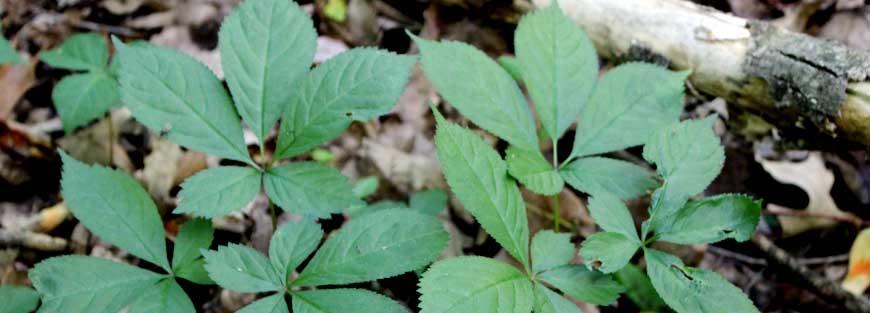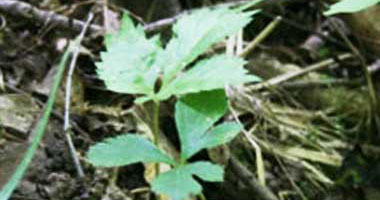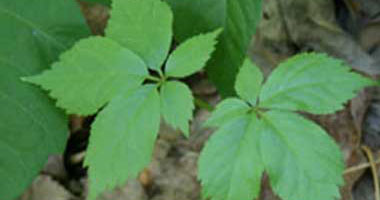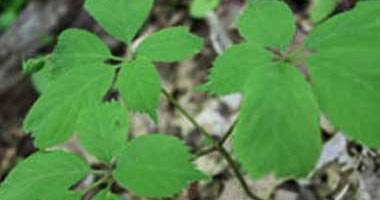

GINSENG HARVESTERS GALLERY
KDA Video
Agriculture is more than a part of life, it’s a passion and commitment to provide the fiber, feed, and shelter the world needs.
Agriculture is more than a part of life, it’s a passion and commitment to provide the fiber, feed, and shelter the world needs.
Kentucky Farmers' Markets bring fresh, local produce, meats, eggs, and handmade goods directly to communities. These markets support local farmers and offer a vibrant shopping experience with seasonal products, live entertainment, and family-friendly activities.
The Sunshine Class is a unique opportunity for special needs individuals to engage in Kentucky agriculture by showing livestock. To learn more about how to get involved visit kyagr.com/sunshine/





